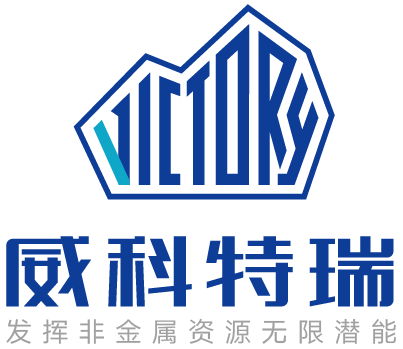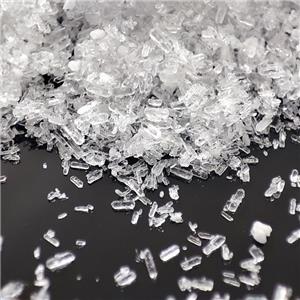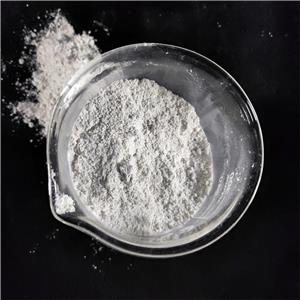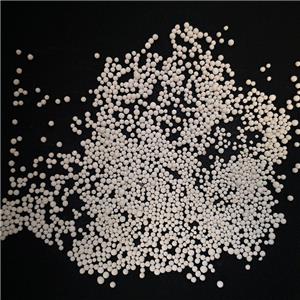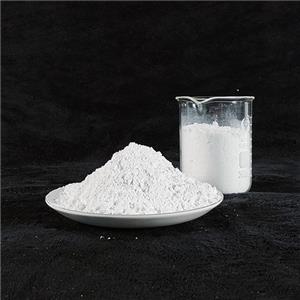How is antimony used in the electronics industry?
The Versatile Role of Antimony Trioxide in the Electronics Industry
Antimony (Sb), a metalloid element with unique chemical and physical properties, plays a critical yet often underappreciated role in the electronics industry. While it may not be as widely recognized as silicon or copper, antimony’s contributions are essential in semiconductor manufacturing, energy storage, infrared technology, and fire safety. This article explores the diverse applications of antimony in electronics, highlighting its importance in modern technological advancements.
1. Plastic grade antimony trioxide as a Semiconductor Dopant
Enhancing Silicon and Germanium Conductivity
Plastic grade antimony trioxide is widely used as an n-type dopant in semiconductor materials such as silicon (Si) and germanium (Ge). Doping involves introducing small amounts of antimony into the crystal lattice of these elements to increase their electrical conductivity.
How It Works: Plastic grade antimony trioxide has five valence electrons, one more than silicon (which has four). When antimony atoms replace silicon in the crystal structure, the extra electron becomes a free charge carrier, improving electron flow.
Applications:
Diodes & Transistors: Antimony-doped silicon is crucial in manufacturing diodes, transistors, and thyristors.
Integrated Circuits (ICs): High-purity antimony trioxide ensures reliable performance in microchips used in computers and smartphones.
Comparison with Other Dopants
While phosphorus and arsenic are also common n-type dopants, antimony trioxide offers advantages in high-temperature applications due to its lower diffusion rate in silicon, making it ideal for power electronics and high-frequency devices.
2. Antimony in Lead-Acid Batteries
Strengthening Battery Performance
Lead-acid batteries, widely used in automobiles, uninterruptible power supplies (UPS), and renewable energy storage systems, rely on antimony to enhance durability and efficiency.
Role of Antimony (1–6% alloy):
Mechanical Strength: Antimony trioxide for Plastic Prevents lead plates from bending or warping during charge-discharge cycles.
Corrosion Resistance: Antimony trioxide for Plastic Reduces sulfation, extending battery lifespan.
Improved Rechargeability: Antimony trioxide for Plastic Enhances deep-cycle performance, crucial for solar energy storage.
Shift to Low-Antimony & Calcium Alloys
Due to environmental concerns, modern lead-acid batteries now use low-antimony or calcium-based alloys to minimize water loss and maintenance. However, antimony remains important in industrial and deep-cycle batteries where robustness is critical.
